I have found and read many papers about bypass capacitors, but there is still one thing I am really struggling with. Let's say I have an IC and I place 3 bypass capacitors (eg. 10µ, 1µ and 100n). I am familiar with the idea that the smallest should be placed nearest, but I am still not certain why. From the papers I caught these 2 reasons:
- The smallest capacitors are faster; thus, they can react fastest.
- The goal of the smallest capacitor is to "filter" higher frequency noise. (This one is the one where I struggle.)
From what I've read, the reason to place the smallest closest is that high frequencies are affected by the length of the trace more than smaller frequencies. Is there someone who could explain this part to me?
Edit:
When I consider the typical graph of capacitor impedance based on frequency (the V shape graph), does it mean that the point of lowest impedance will be due to the inductance of LONG traces shifted left thus not filtering the high frequencies?

 The DC power supply is suddenly applied to IV and this produces the spike ,which is high frequency signal and this may damage the IV. To protect IC from spike we connect capacitor which bypasses the spike to ground.
The DC power supply is suddenly applied to IV and this produces the spike ,which is high frequency signal and this may damage the IV. To protect IC from spike we connect capacitor which bypasses the spike to ground.